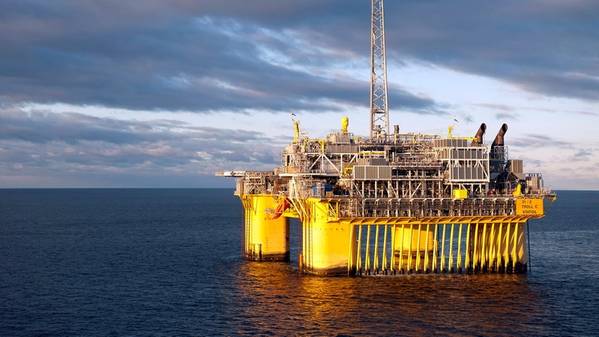
Norway's Equinor has awarded a front-end engineering (FEED) study to Aker Solutions for the electrification of the Troll B and C platforms in the North Sea from shore, with the aim to reduce CO2 emissions from the field.
The contract includes an option for the engineering, procurement, construction and installation (EPCI) work following the completion of the study.
Peggy Krantz-Underland, Equinor chief procurement officer said: "This is an important award that supports the industry’s ambition to reduce its greenhouse gas emissions in Norway with 40 percent by 2030 and to near zero by 2050."
"Using electrical power from shore will require large and complex modification work at the Troll B and C platforms. We are glad to award the FEED contract to mature the topside modification work to Aker Solutions, a supplier who has worked with the Troll field for many years and has a good knowledge of the installations," she said.
Aker Solutions' study will outline how the installation of electrical equipment on Troll B and C, as well as replacement from the gas turbine to electrical driven compressors on Troll C can be performed.
This will enable Equinor’s goal of supplying Troll B and C with electricity by power cables from Kollsnes outside Bergen on the west coast of Norway. The transition to onshore power could reduce CO2 emissions from Troll B and C by about 450,000 metric tons per year.
Luis Araujo, chief executive officer of Aker Solutions said: "We are delighted to have secured a major electrification project for an existing offshore production facility on the Norwegian Continental Shelf. Our ambition is to generate 25 percent of our revenue from low carbon solutions such as electrification by 2030. The electrification of Troll B and C is a great example of how we are executing on our strategy and helping operators to reduce emissions significantly."
The FEED study for Troll B and C is expected to be delivered in the second half of 2020.
The Troll field lies about 65 kilometers outside Bergen on Norway’s west coast. The field has been operating since 1995 and represents about 40 percent of total gas reserves on the Norwegian Continental Shelf.
Troll A was the first platform on the Norwegian continental shelf to utilize power from shore, already from initial startup back in 1996. Now Troll B and Troll C are important building blocks towards zero-emission of the Troll gas strategy in 2040, Equinor said.
Equinor and the partnership are now maturing the project further and plan to make the investment decision by end 2020, the company added.